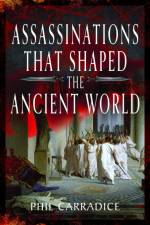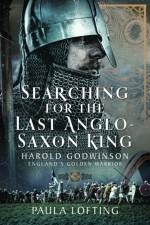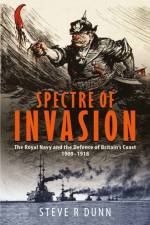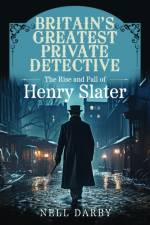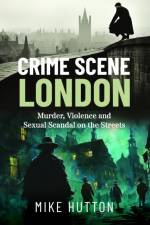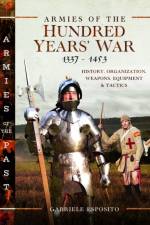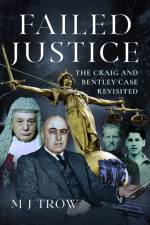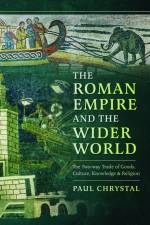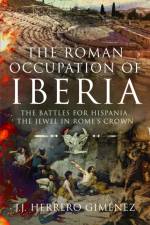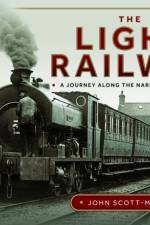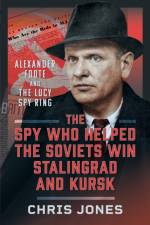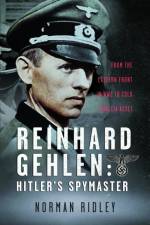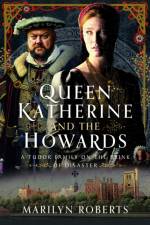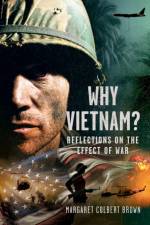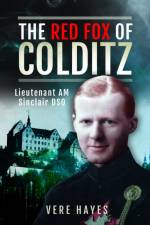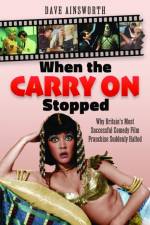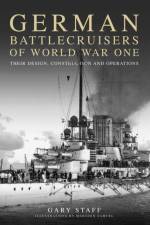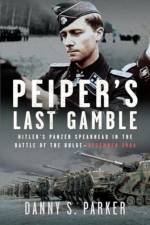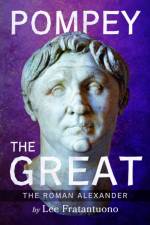av Danny S Parker
431
By the autumn of 1944, Hitler's plans for the conquest of Europe were in disarray. The Führer's much-vaunted Third Reich, facing an Allied onslaught from the east and west, was slowly collapsing.Desperate to seize the initiative on the Western Front, Hitler, seeing himself as a beleaguered modern-day Frederick the Great, looked for some bold counterattack that could change his fortunes. Hitler's wish had at least one clear result, for as even as early as 19 August 1944, he had instructed Alfred Jodl to consider a bold counter-stroke in the west in November. Hitler's generals therefore set about drawing up plans for an offensive in the area of the Ardennes Forest. It was to be an attack that would enable German forces to cross the Meuse and, decisively breaking through the Allied front-line, advance on Antwerp.Given the limitations he and his forces faced, Hitler knew he would need panzer leaders capable of a delivering a Blitzkrieg advance, perhaps one that took advantage of night-time hours. One of the German officers who was tasked with delivering this audacious victory was the battle-hardened veteran SS-Obersturmbannführer Jochen Peiper.A Waffen SS officer and one of the most celebrated heroes of Hitler's armies, Peiper, and the SS Panzer Division Leibstandarte as a whole, were already on his mind. A long-time adjutant of Heinrich Himmler, and completely dedicated to the Nazi cause, Peiper had fought in every major campaign of the Second World War. However, having been wounded in Normandy following the D-Day landings, Peiper, also ailing from a combination of battle fatigue and hepatitis, had been evacuated to a field hospital and then back Germany in August 1944.It was while he was recuperating at the SS Reserve Hospital 501, overlooking Lake Tegernsee in Bavaria, that Peiper learnt of his part in the forthcoming offensive. Though his skin had a sickly ochre cast from jaundice and three years of front-line combat, too many days of coffee and cigarettes, followed by nights of fighting and frustration, and the fact that his nerves were shot, he had been selected as one of the men who would lead the Führer's final great gamble.Comprising some 4,800 men and 600 vehicles, including a number of the powerful Tiger II heavy tanks, Kampfgruppe Peiper played a central part in the Ardennes Offensive, or the Battle of the Bulge as it is commonly known, which was unleashed on 16 December 1944. It is a role that is explored here by Danny S. Parker, who reveals the successes, defeats and war crimes that Kampfgruppe Peiper was involved in before the Ardennes Offensive ended in failure in January 1945.


